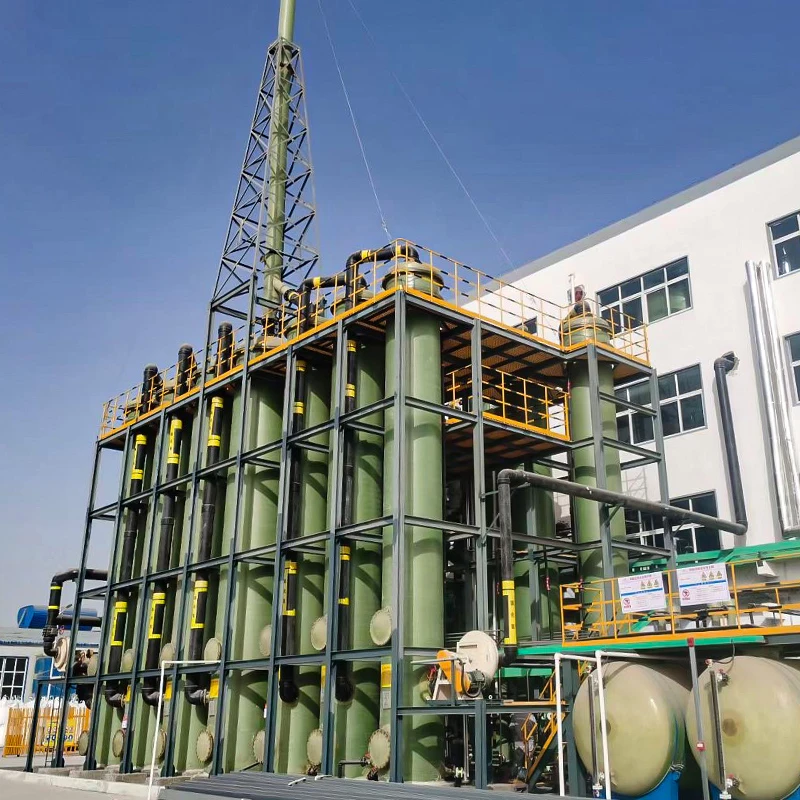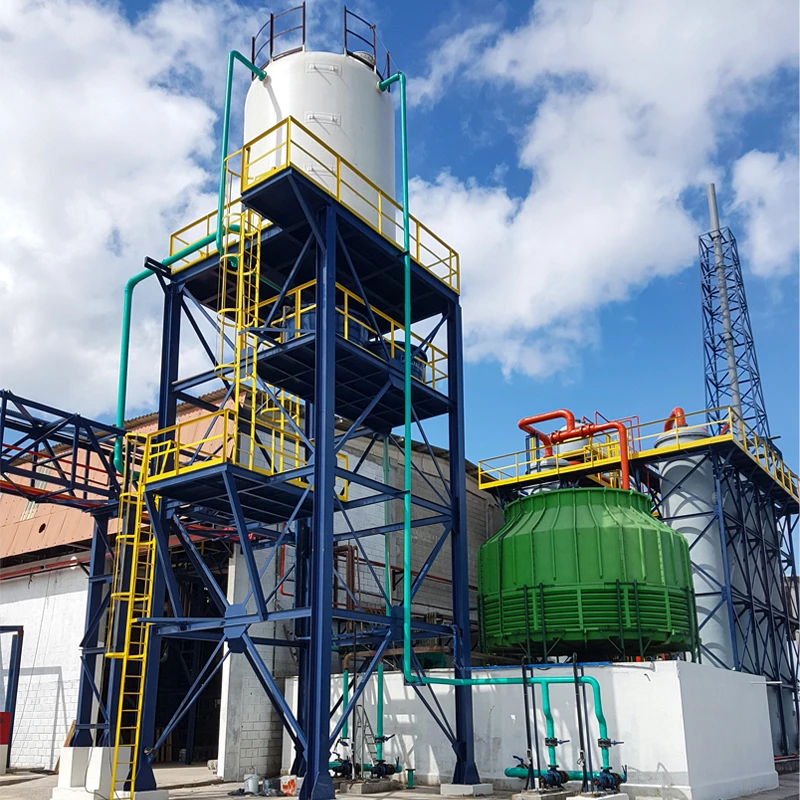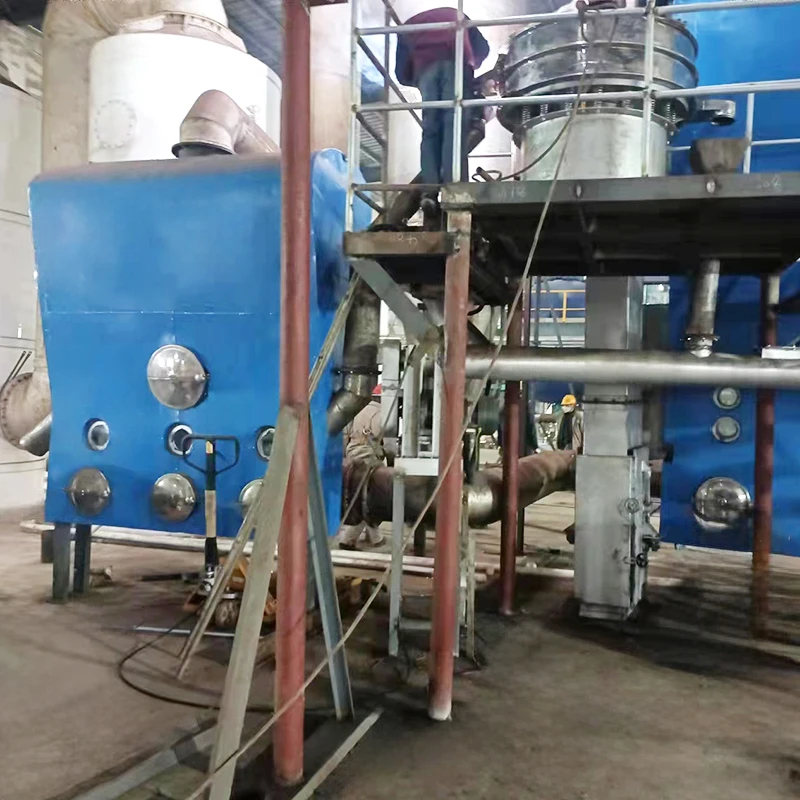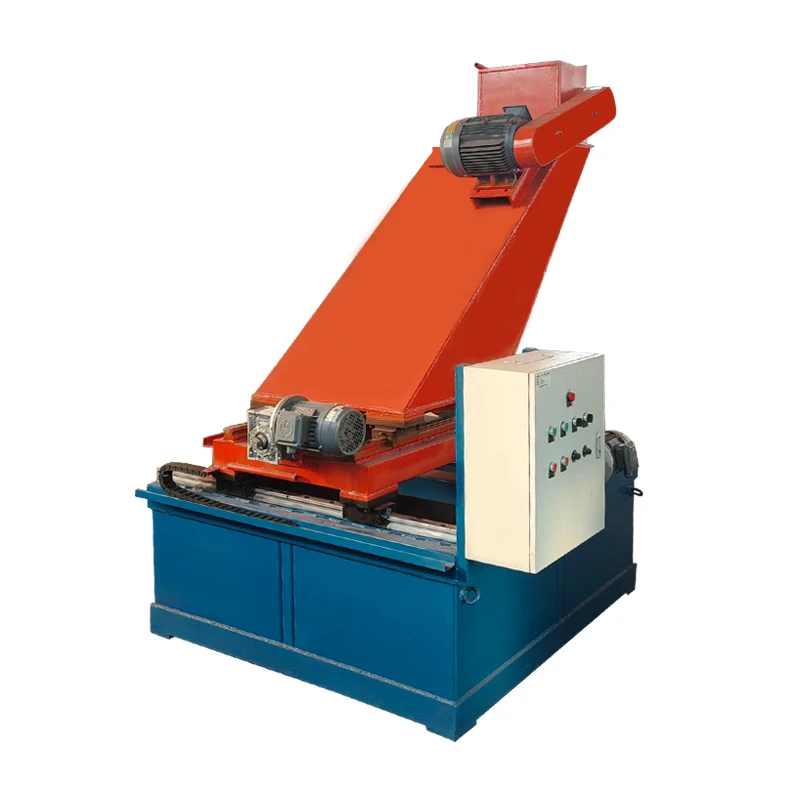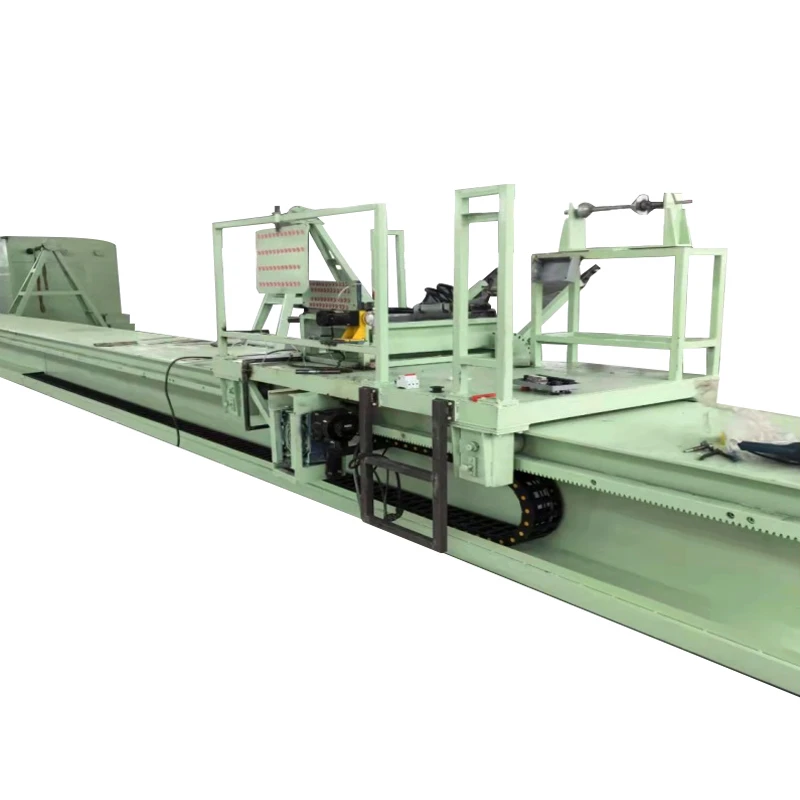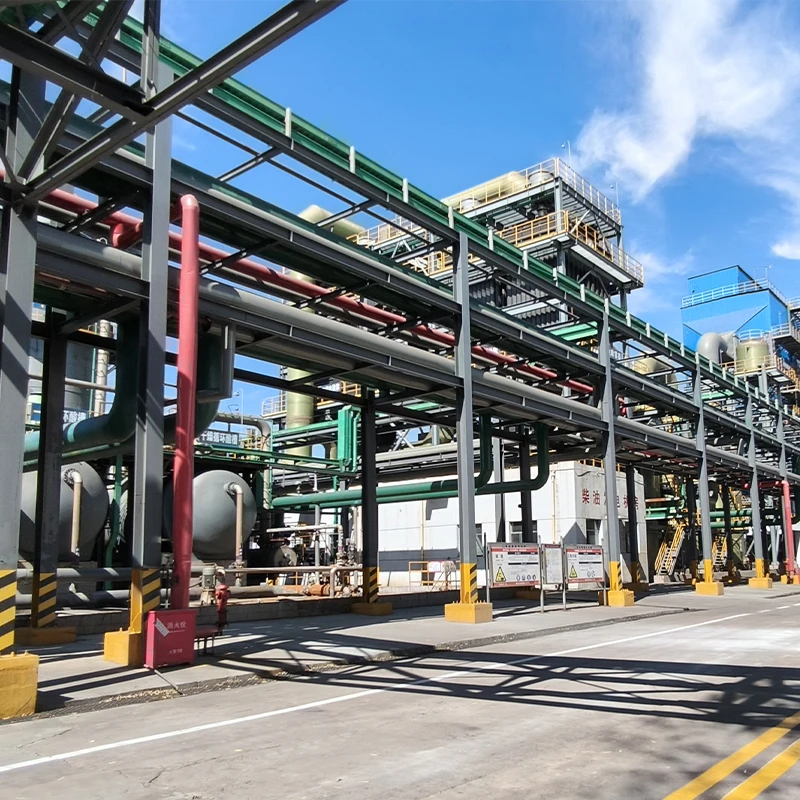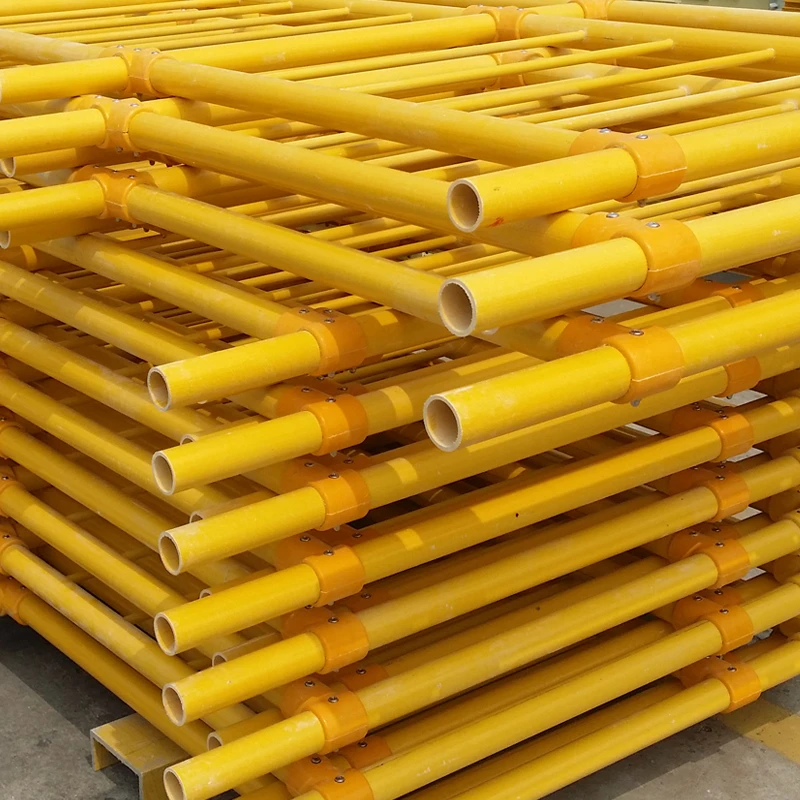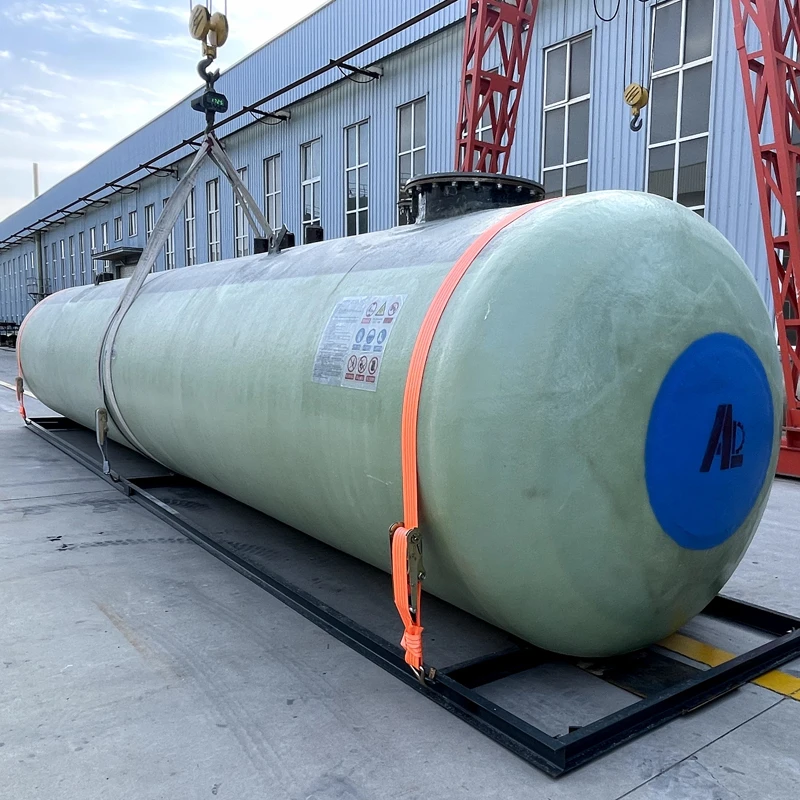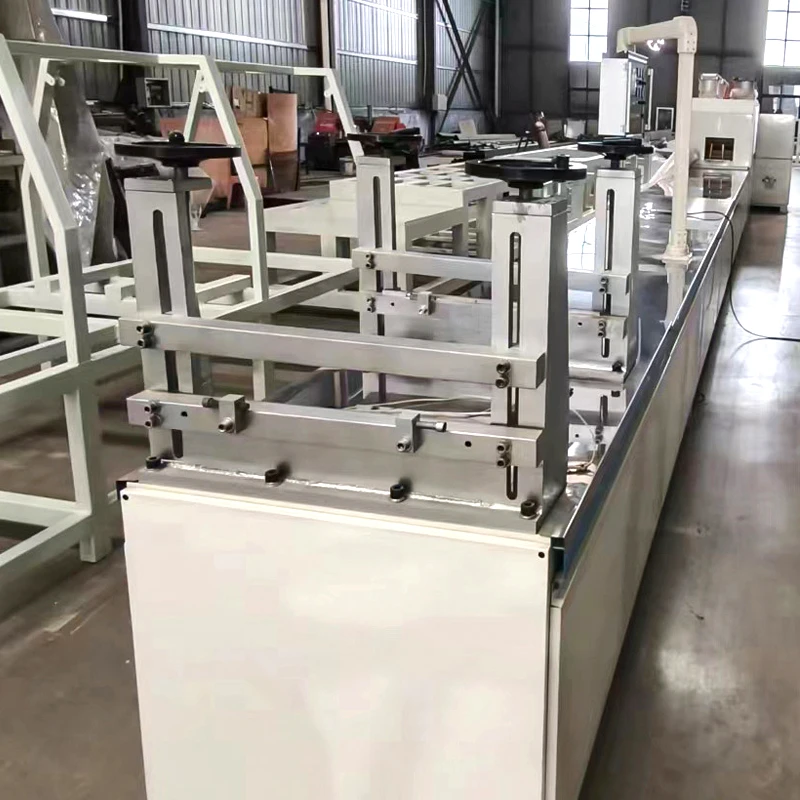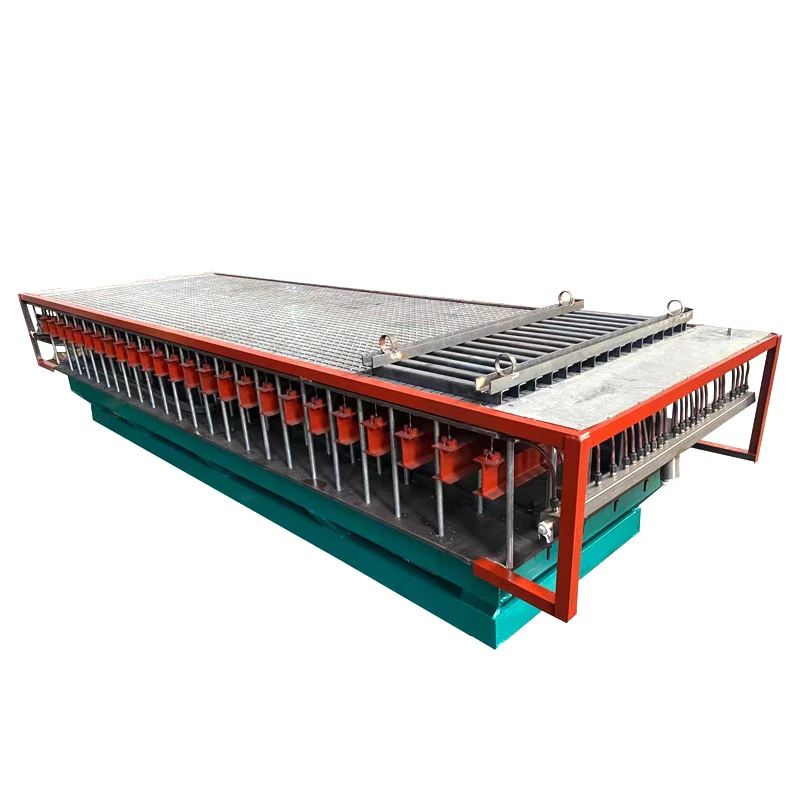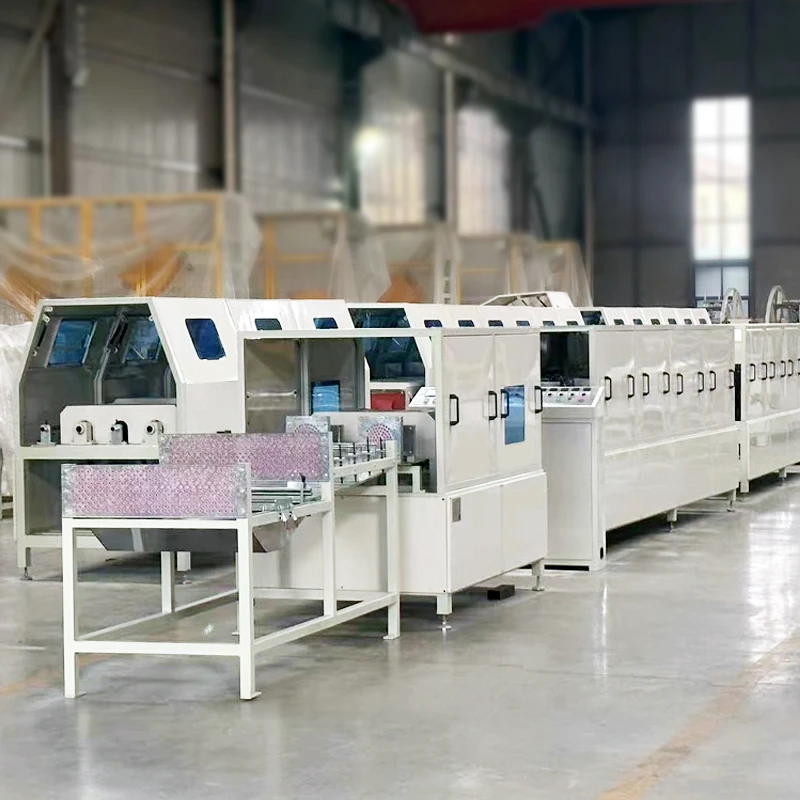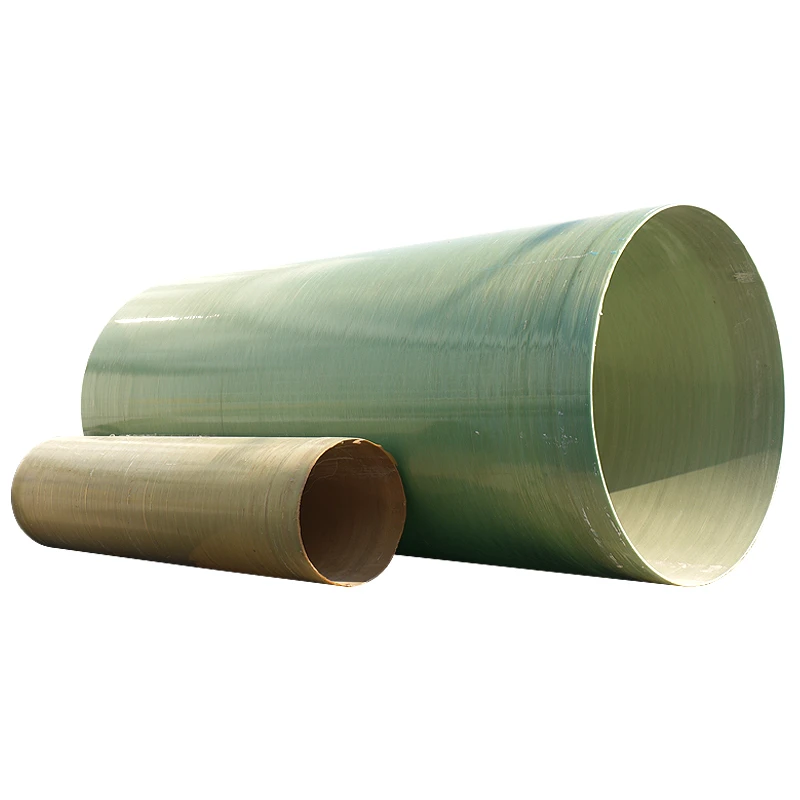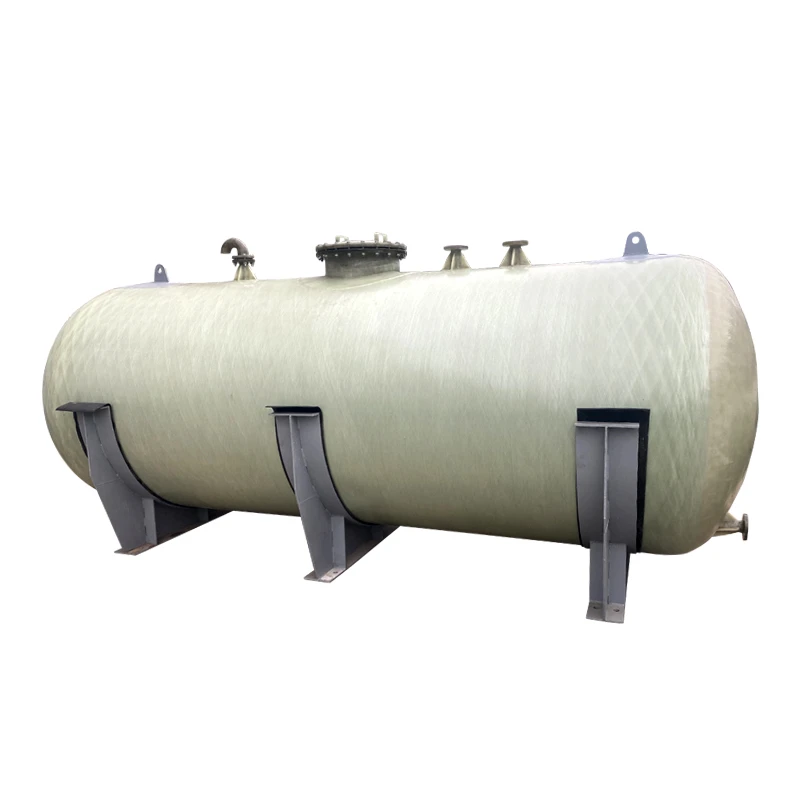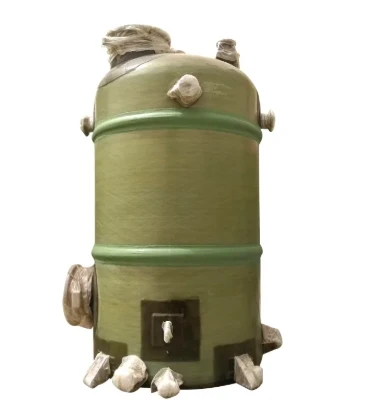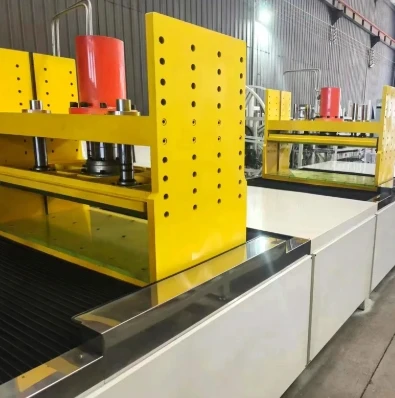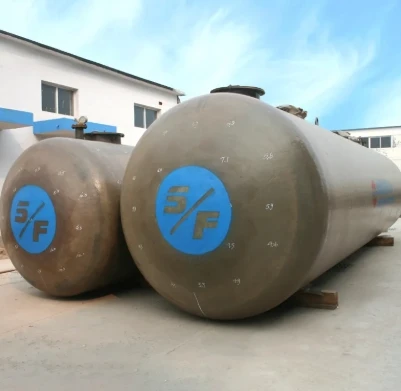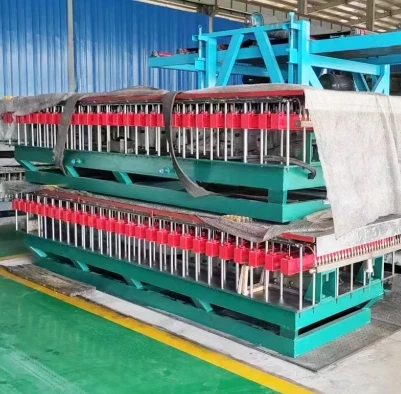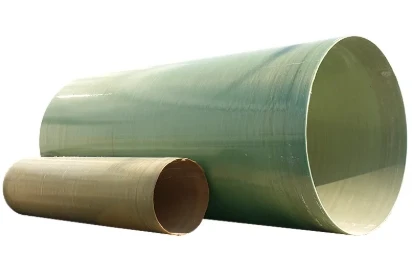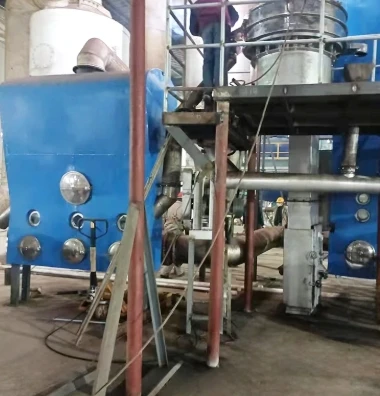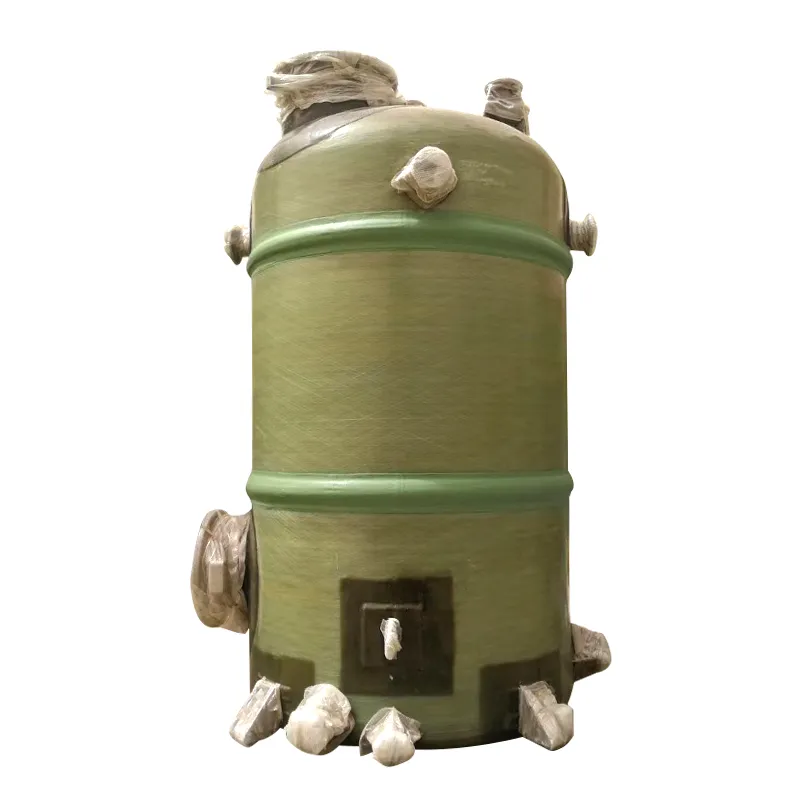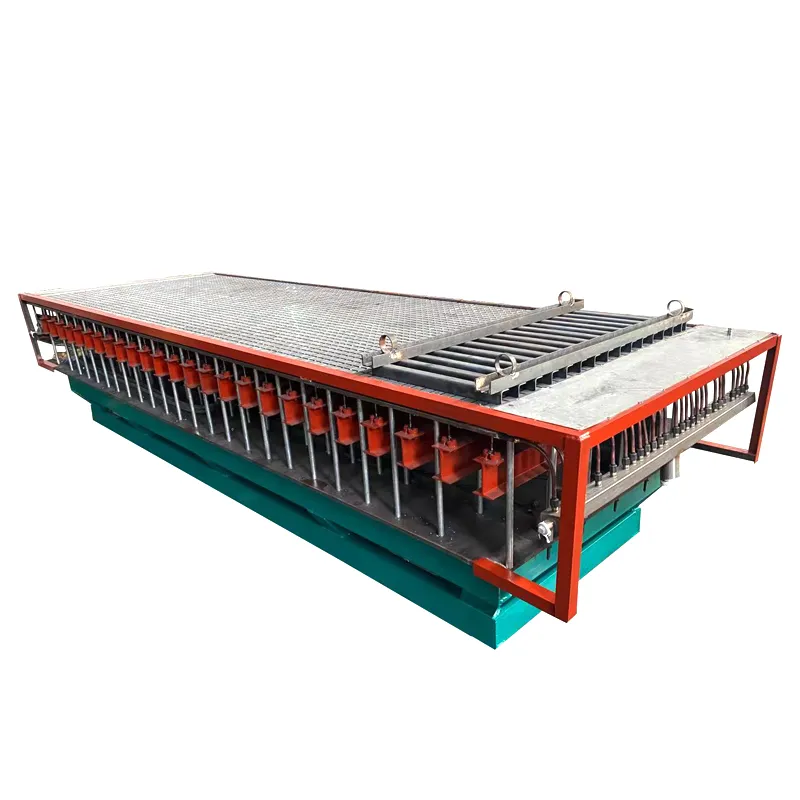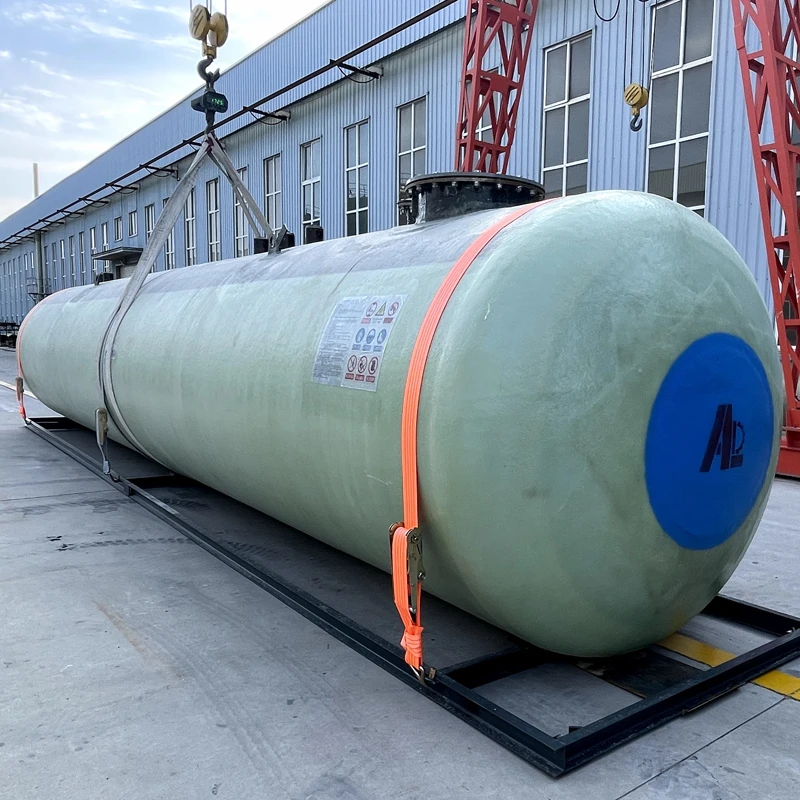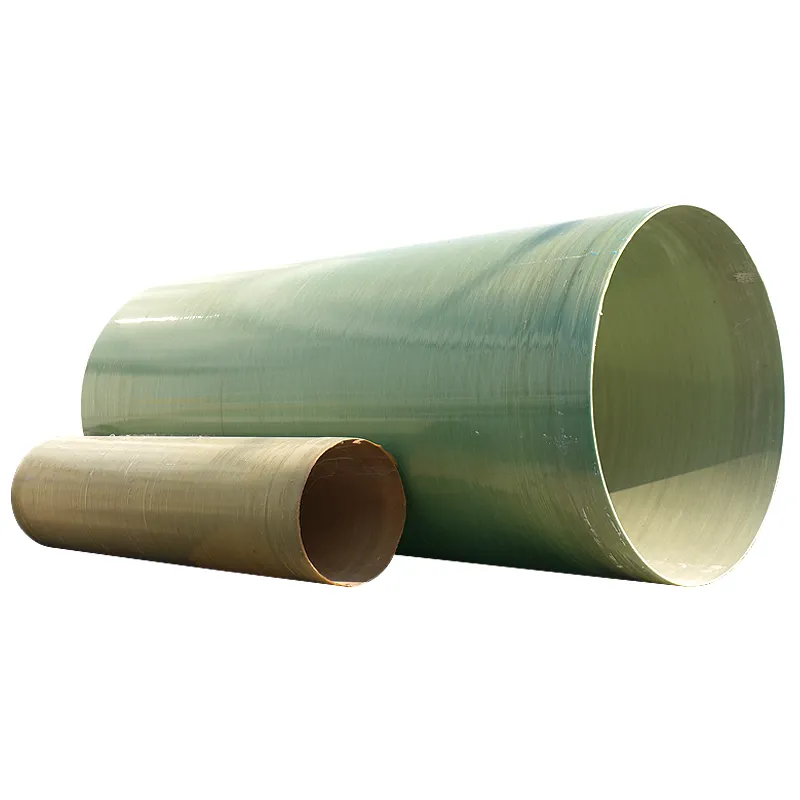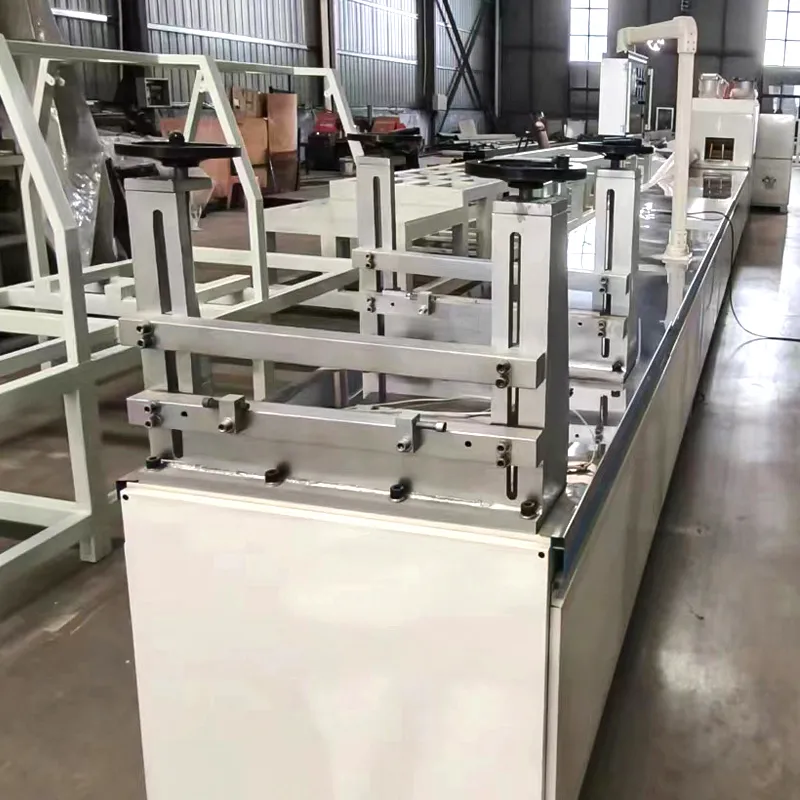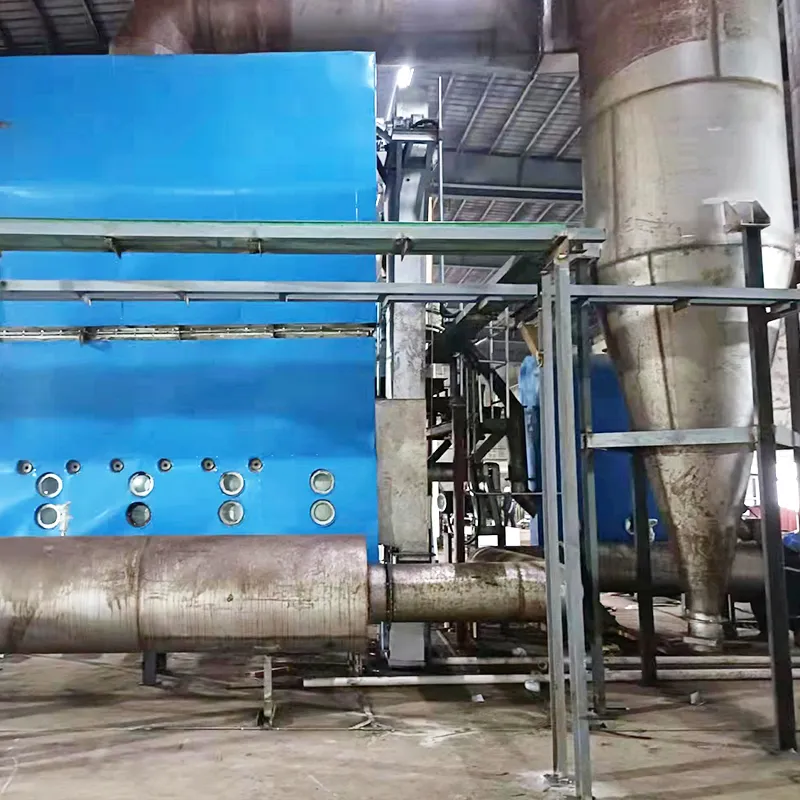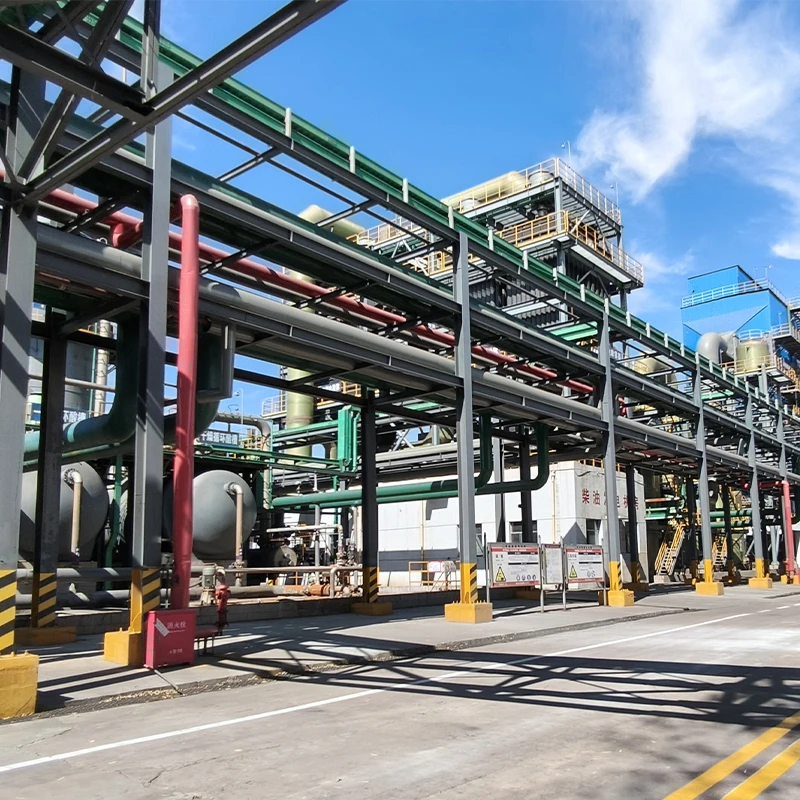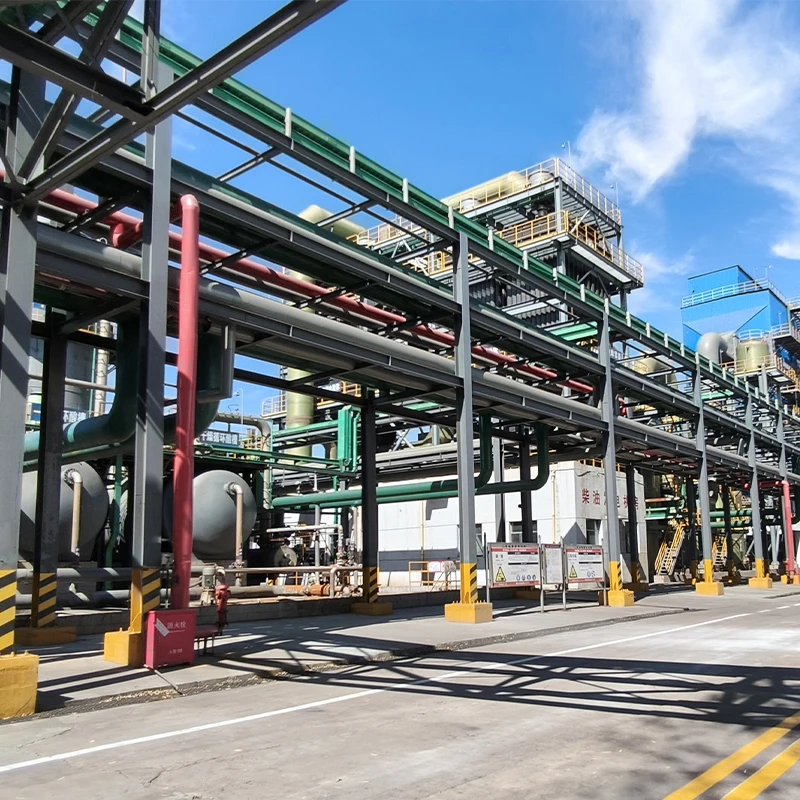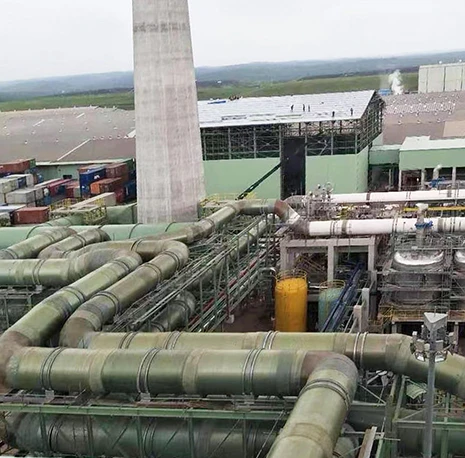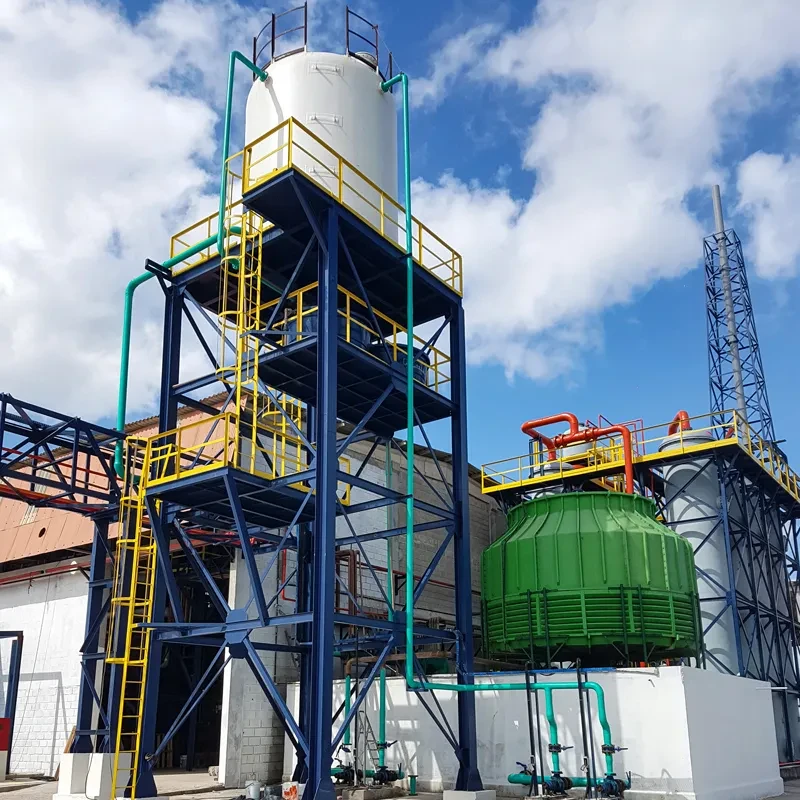Unlocking Precision and Efficiency: Discover the Power of the FRP Pultrusion Machine
The demand for high-strength, lightweight, and corrosion-resistant materials has skyrocketed across industries such as construction, transportation, and energy. Meeting this demand head-on is the cutting-edge FRP Pultrusion Machine, a manufacturing marvel designed to produce continuous fiber-reinforced polymer profiles with unmatched consistency. As leading pultrusion machine manufacturers introduce smarter systems at competitive pultrusion‑machine price points, more enterprises are investing in this technology to enhance productivity, reduce waste, and maintain precision in composite production.
Solving Mold Blockage in the FRP Pultrusion Machine with Smart Engineering
One of the challenges in the operation of a FRP Pultrusion Machine is mold blockage—a problem that disrupts production, affects surface quality, and increases operational downtime. However, modern pultrusion machine systems are now engineered with advanced resin delivery controls, temperature monitoring units, and low-friction mold coatings to prevent such issues from occurring.
The resin saturation process has been optimized in today’s FRP Pultrusion Machine setups. By maintaining the perfect resin-to-fiber ratio and temperature through PLC-controlled systems, the risk of hardening or inconsistent curing inside the die is drastically reduced. Additionally, easy-access die structures and self-cleaning mechanisms offered by innovative pultrusion machine manufacturers allow for rapid maintenance cycles, reducing production halts due to clogging.
Another effective strategy includes preheating the resin and fibers uniformly. This not only enhances adhesion but also lowers the chances of premature gelling, which often leads to mold blockage. With continuous technical refinements, a FRP Pultrusion Machine has become a highly dependable asset in uninterrupted composite manufacturing.
Why PLC Control Transforms FRP Pultrusion Machine Performance
Traditional pultrusion machine setups required constant manual adjustment, resulting in higher labor costs and lower consistency. The incorporation of PLC (Programmable Logic Controller) control has completely transformed how the FRP Pultrusion Machine operates. This automation technology allows for real-time monitoring of key parameters such as pulling speed, resin viscosity, mold temperature, and fiber alignment.
By automating these variables, pultrusion machine manufacturers have succeeded in producing machinery that can deliver repeatable, high-quality outputs with minimal human intervention. Advanced PLC control systems also enable operators to store multiple production recipes, which streamlines switching between product types—perfect for companies with diverse pultrusion needs.
With smart feedback loops integrated into the FRP Pultrusion Machine, any deviations from optimal operating conditions are immediately corrected. This results in lower material wastage, reduced defects, and a more energy-efficient production process. And as automation technology becomes more mainstream, even the pultrusion machine price for advanced PLC-equipped models is becoming more accessible to mid-sized manufacturers.
Exploring Market Demand for FRP Pultrusion Machine Technology
In recent years, the global demand for composite products has surged, particularly in the construction of bridges, utility poles, ladders, cable trays, and window frames. This trend has significantly boosted the market for the FRP Pultrusion Machine, as industries seek consistent and economical ways to produce long-profile FRP components.
The Asia-Pacific region, with its booming infrastructure projects and rapid industrialization, has emerged as a hotbed of demand for efficient pultrusion machine installations. Similarly, North America and Europe are investing heavily in sustainable construction and renewable energy, sectors that extensively use pultruded products.
Recognizing these opportunities, many pultrusion machine manufacturers have scaled up their offerings—customizing machines for specific industry standards, increasing production speeds, and integrating digital control panels. Despite the advanced features, the pultrusion machine price has remained competitive, ensuring that both large-scale and niche manufacturers can afford to automate their FRP production lines.
Customizing Pultrusion Machine Configurations for Industrial Applications
No two FRP production lines are the same, which is why customization has become a key value proposition offered by top pultrusion machine manufacturers. Depending on the profile shape, material type, and output requirements, clients can select a range of machine options, including heating modes (infrared, electric, or hot air), pulling mechanisms (chain, roller, or hydraulic), and mold sizes.
A customized FRP Pultrusion Machine ensures optimal throughput for unique production goals, from lightweight angles and channels to heavy-duty beams and structural panels. The flexibility in design also allows for enhanced safety features, such as emergency stop systems, resin spill guards, and temperature alarms—further ensuring operational reliability.
Additionally, some pultrusion machine setups now feature energy-saving components and IoT integration, which allows remote monitoring and predictive maintenance. These intelligent features not only reduce operating costs but also maximize machine uptime and ROI. This level of customization, surprisingly, does not inflate the pultrusion machine price significantly, making it an attractive proposition for companies expanding their composite manufacturing lines.
FRP Pultrusion Machine FAQs
What causes mold blockage in a FRP Pultrusion Machine, and how can it be avoided?
Mold blockage usually occurs due to improper resin flow or curing inconsistencies. Today’s FRP Pultrusion Machine systems use smart resin control, preheating, and self-cleaning mechanisms to prevent blockage and ensure smooth operation.
How does PLC control improve pultrusion efficiency?
PLC control automates critical aspects of the FRP Pultrusion Machine such as pulling speed, heating, and resin ratio. This enhances precision, lowers defects, and allows for consistent high-speed production with reduced manual oversight.
Is the pultrusion machine price justified for small manufacturers?
Yes. The pultrusion machine price has become more accessible thanks to modular design and scalability. Small manufacturers benefit from low operating costs, consistent output, and rapid ROI, making the investment worthwhile.
What distinguishes reputable pultrusion machine manufacturers?
Trusted pultrusion machine manufacturers offer comprehensive support—from machine installation and customization to training and spare parts. They also integrate advanced features like PLC systems and IoT-based monitoring in their designs.
What kind of industries rely on FRP Pultrusion Machine technology?
Industries including construction, telecommunications, transportation, and renewable energy rely heavily on FRP Pultrusion Machine technology for producing strong, lightweight, and corrosion-resistant composite profiles.

